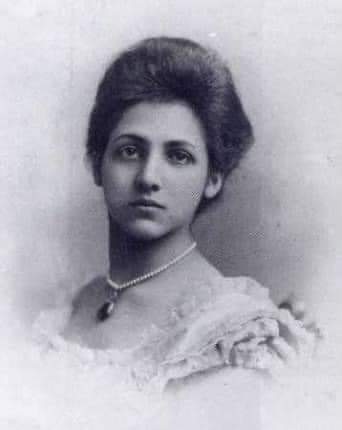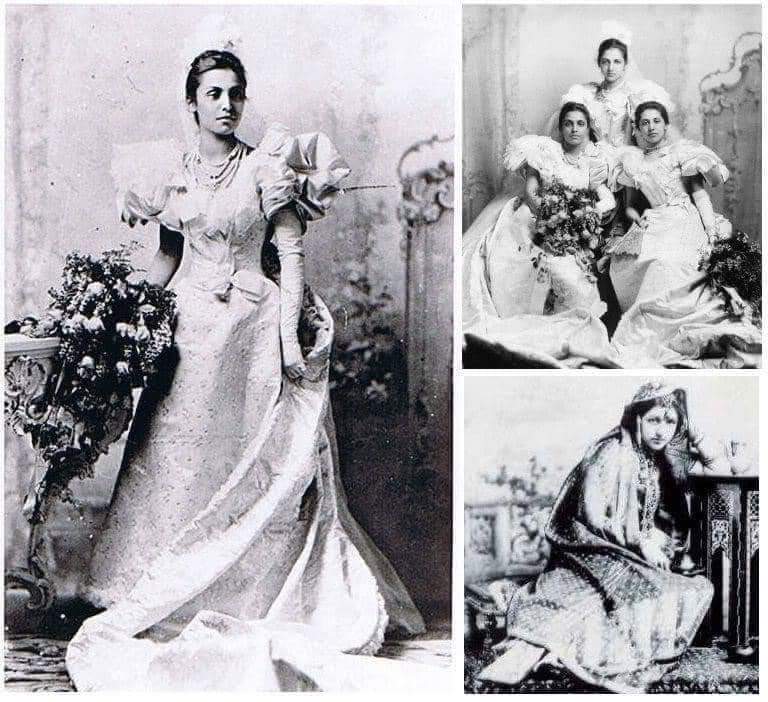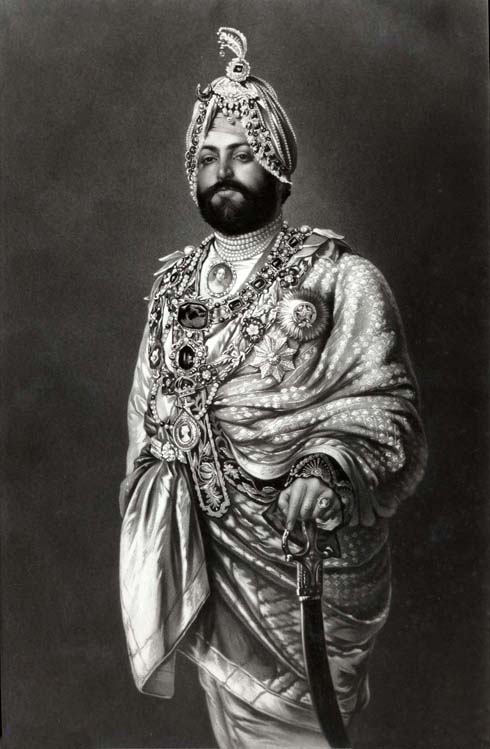
PAKISTAN-INDIA WATER ISSUES – HOW INDIA STOPPED WATER IN PAKISTAN's CANALS IN 1948
Thread
After partition in 1947, the water system was also bifurcated between Pakistan n India.
India cheated Pakistan when on April 1, 1948, India suddenly n without warning stopped...
1/n

Thread
After partition in 1947, the water system was also bifurcated between Pakistan n India.
India cheated Pakistan when on April 1, 1948, India suddenly n without warning stopped...
1/n


...the supply of waters flowing into Pakistan's Central Bari Doab and Dipalpur Canals.
The boundary award on the partition of the sub-continent had left the headworks of these canals in Indian territory, and in accepting it India had implied her willingness to leave...
2/n
The boundary award on the partition of the sub-continent had left the headworks of these canals in Indian territory, and in accepting it India had implied her willingness to leave...
2/n

...the historic distribution of common waters undisturbed.
India's action was therefore in flagrant disregard not only of international law n morality, but of her solemn commitments with Pakistan and a gross violation of this country's historical rights over common waters.
3/n
India's action was therefore in flagrant disregard not only of international law n morality, but of her solemn commitments with Pakistan and a gross violation of this country's historical rights over common waters.
3/n
Faced with a threat of utter desolation of millions of acres of fertile land, Pakistan had perforce to sign a document with India in which she agreed to "India's progressively diminishing water supplies to these canals and to the West Punjab government's tapping...
4/n
4/n
...alternative resources".
A specific reservation was made in the document with regard to India's claim that she had full property rights over waters flowing into her territory, and could therefore use them as she liked.
The issue was, however, to be examined...
5/n
A specific reservation was made in the document with regard to India's claim that she had full property rights over waters flowing into her territory, and could therefore use them as she liked.
The issue was, however, to be examined...
5/n
... separately, but Pakistan's repeated efforts to induce India to submit it either to the International Court of Justice or to any other impartial tribunal met with failure.
So a deadlock ensued.
It was in 1951 that the World Bank offered its good offices to solve...
6/n
So a deadlock ensued.
It was in 1951 that the World Bank offered its good offices to solve...
6/n
...the impasse.
It tried to find a practical solution on the basis of a joint exploitation of the waters of the Indus basin. But after exhaustive negotiations with India and Pakistan it came to the conclusion that the divergence of views between the two countries...
7/n
It tried to find a practical solution on the basis of a joint exploitation of the waters of the Indus basin. But after exhaustive negotiations with India and Pakistan it came to the conclusion that the divergence of views between the two countries...
7/n
...was such that a solution of the dispute on these lines was impossible.
The Bank, therefore, directed its efforts to finding a solution.
Accordingly in 1954 the Bank made a broad proposal which stipulated that the waters of the eastern rivers—Sutlej, Beas and Ravi—...
8/n
The Bank, therefore, directed its efforts to finding a solution.
Accordingly in 1954 the Bank made a broad proposal which stipulated that the waters of the eastern rivers—Sutlej, Beas and Ravi—...
8/n
... should be available to India and those of the western rivers—Chenab, Indus and Jhelum —be assigned to Pakistan.
Both Pakistan and India accepted the proposals in 1956.
In the meanwhile, however, India was going ahead with the construction of engineering works...
9/n
Both Pakistan and India accepted the proposals in 1956.
In the meanwhile, however, India was going ahead with the construction of engineering works...
9/n

... that could enable her to divert the supplies of the eastern rivers.
In fact in 1957 she gave notice that she would stop water supplies from the eastern rivers to Pakistan in 1962.
However things changed as President Ayub Khan assumed power in Pakistan as he pushed...
10/n
In fact in 1957 she gave notice that she would stop water supplies from the eastern rivers to Pakistan in 1962.
However things changed as President Ayub Khan assumed power in Pakistan as he pushed...
10/n
... forward the negotiations towards conclusions before India could act.
After many sessions of of talks, finally Indian Prime Minister Nehru and Pakistani President Ayub Khan signed
the Indus Waters Treaty on 19 Sep 1960 in Karachi.
#WaterIsAHumanRight #Indus #WaterDispute
After many sessions of of talks, finally Indian Prime Minister Nehru and Pakistani President Ayub Khan signed
the Indus Waters Treaty on 19 Sep 1960 in Karachi.
#WaterIsAHumanRight #Indus #WaterDispute

• • •
Missing some Tweet in this thread? You can try to
force a refresh

















